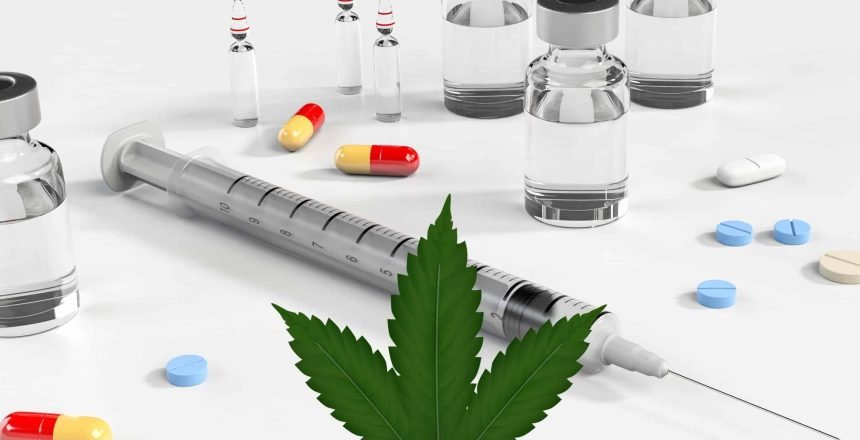The opiate epidemic in the United States has become an increasingly difficult challenge. In 2017, over 67% of all drug overdose-related deaths involved opiates, which totaled around 47,600 (1). And 40% of those deaths involved prescription opiates, such as Hydrocodone and Oxycodone. But some studies are supporting the claim that marijuana could change that, or at least put a dent in it.
So what does cannabis have to do with the opiate epidemic? Many who abuse opiates started using them with a legitimate prescription for pain, say after a car accident. Opiates not only reduce pain, but they can also interfere with the bodies ability to release endorphins or dopamine on its own, making it hard to feel “normal” without them. This creates a unique form of dependency that doesn’t have anything to do with getting high. But cannabis is quickly becoming an alternative to that initial prescription in states that allow it, and it seems to be having a positive effect.
Several studies have shown a direct correlation between marijuana legalization and a decrease in opiate prescriptions. One in particular, that used data from Medicare, found that states that allowed dispensaries had a particularly significant decrease in prescriptions for hydrocodone and morphine (3). Another that used data from Medicaid found that state with medical marijuana laws saw a 5% decrease in opiate prescriptions (4). An earlier study has found that death by opiate overdose had decreased in states that had legalized marijuana.
Medical marijuana laws can be one of many ways to fight what many in the medical community have compared to a plague due to the number of deaths involved. And cannabis really is a great alternative to prescription painkillers. A report from the National Academies of Sciences, Engineering, and Medicine in 2017 states that there is “conclusive or substantial evidence that cannabis or cannabinoids are effective for the treatment of chronic pain in adults.” (2) And unlike opiates, cannabis has no mortality risk. There has yet to be a single documented case of a marijuana overdose, so from a safety standpoint, it is a much better alternative to prescription painkillers.
There are other ways that cannabis can help with opiate use and abuse. Marijuana is a great treatment option for those who are going through opiate withdrawal since it curbs nausea, insomnia, restlessness, and abdominal cramping. It can also increase the efficacy of prescription painkillers since many who use them can quickly build a resistance to them, decreasing the need to take more and more over time.
Although the opiate epidemic is a complex problem that requires a lot of solutions, medical marijuana is just one tool in our policy arsenal to help in the fight.
Sources:
1) https://www.cdc.gov/drugoverdose/data/statedeaths.html
2) http://nationalacademies.org/hmd/~/media/Files/Report%20Files/2017/Cannabis-Health-Effects/Cannabis-conclusions.pdf
3) Bradford AC, Bradford WD, Abraham A, Bagwell Adams G. Association Between US State Medical Cannabis Laws and Opioid Prescribing in the Medicare Part D Population. JAMA Intern Med. 2018;178(5):667–672. doi:10.1001/jamainternmed.2018.0266
4) Wen H, Hockenberry JM. Association of Medical and Adult-Use Marijuana Laws With Opioid Prescribing for Medicaid Enrollees. JAMA Intern Med. 2018;178(5):673–679. doi:10.1001/jamainternmed.2018.1007


